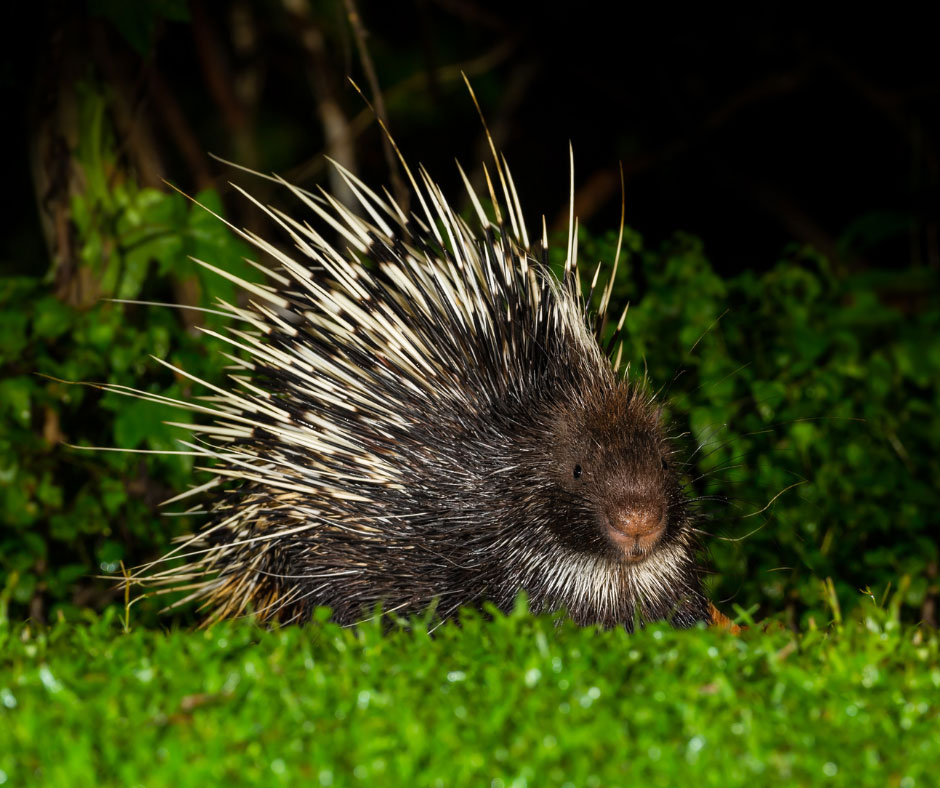New Study Reveals Trade Dynamics of Porcupines in Asia: Malaysia as a Case Study
Porcupines are often traded in Asia, yet there is a lack of documented evidence regarding the dynamics of this trade. To address this knowledge gap, Monitor conducted a case study on Malaysia to shed light on the dynamics of porcupine trade.
Led by Monitor wildlife trade specialist Dr. Lalita Gomez, the study aimed to investigate the prevalence and implications of porcupine trade in Malaysia by conducting surveys of traditional Chinese medicine (TCM) outlets and restaurants to assess availability, type of products, source (i.e., wild, captive-bred, local or imported, etc), price, use and demand relating to porcupines, their parts and derivatives, assessment of captive-breeding facilities to ascertain the source of porcupines in trade and legitimacy of such facilities; and analysis of seizure data from 2011- 2022 to determine aspects of illegal trade of porcupines for domestic and international markets including trade hotspots and trafficking routes.

Bezoars, stone-like masses found in the gut of some porcupines believed to possess medicinal properties, were discovered in 90% of TCM outlets surveyed. These bezoars are highly sought after for purportedly treating a wide range of ailments including cancer, diabetes, dengue, typhoid, epilepsy, and hepatitis. Over 400 TCM outlets were found selling porcupine bezoar, with many claiming to have wild-sourced bezoars, mainly originating from Indonesia. Additionally, porcupine quills were found to be utilised as hairpins, souvenirs, talismans against black magic, and ingredients in traditional medicine concoctions.
The trade of porcupines whether live, for consumption or medicinal use in Malaysia is legal provided the required permits are obtained. Seizure data, however, indicates that illegal hunting of porcupines occurs – between 2011 to 2019, authorities made 47 seizures totaling 110 porcupines.
Dr. Gomez emphasised the urgent need for conservation efforts, as the Asian porcupine faces multiple threats including habitat loss and human-wildlife conflict, adding that the international ramifications of porcupine trade, particularly in neighbouring Indonesia must be considered.
Listing Asian porcupine species in Appendix II of the Convention on International Trade in Endangered Species of Wild Fauna and Flora would allow for regulation and monitoring of international trade in porcupines – and reduce the chances of illegal trade in porcupines to thrive under the radar.
The Trade of Porcupines in Malaysia With International Trade Links was published in Tropical Conservation Science.
Share this article:

How you can help
Please consider making a donation to support this crucial work for wildlife.

